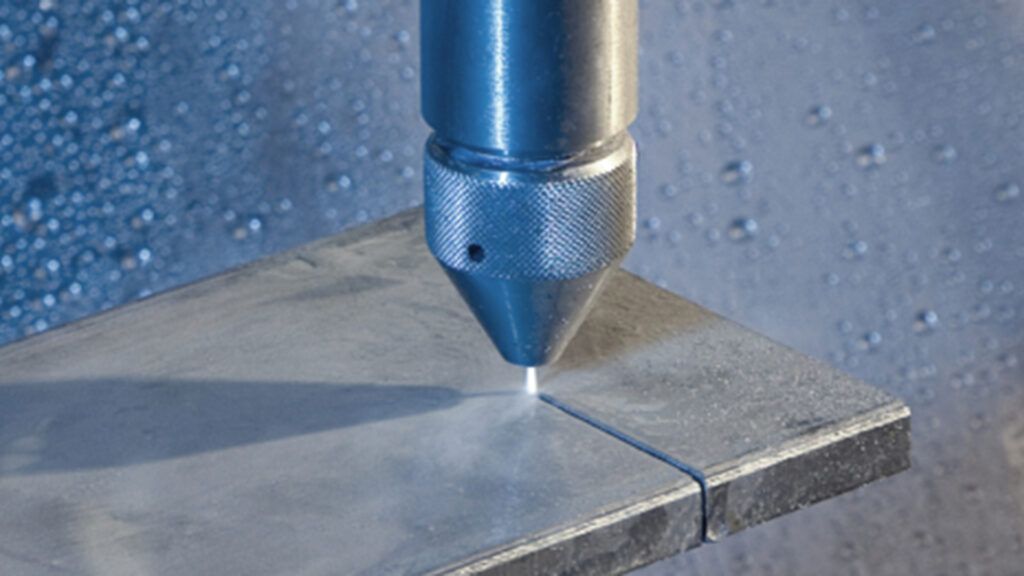When you think of something powerful enough to slice through solid steel or stone, your mind probably jumps to lasers, torches, or heavy-duty machinery. But what if I told you that water the same thing you drink or wash your hands with can cut through metal with surgical precision? As strange as it sounds, waterjet cutting is a real, widely used technology in manufacturing, aerospace, and even art. Let’s dive into this fascinating blend of nature and engineering.

What Is Waterjet Cutting?
Waterjet cutting is a cold cutting process that uses a high-pressure stream of water sometimes mixed with abrasive materials like garnet—to slice through materials such as:
- Metal
- Stone
- Glass
- Plastics
- Rubber
- Foam
- Ceramics
The water is pressurized up to 60,000 psi (pounds per square inch) or more, then forced through a small nozzle to create a jet so fast and focused that it can slice through several inches of solid steel with no heat or flames involved. It’s like turning a fire hose into a scalpel.
Why Waterjet Cutting Is So Fascinating
Here’s why this technology blows people's minds:
- Cold Cutting: Unlike lasers or plasma cutters, waterjet cutting doesn’t heat the material, so there's no warping or thermal damage.
- Precision: It can make highly detailed, intricate cuts, even in brittle or delicate materials.
- Low Noise and Vibration: The process is smooth and quiet compared to other cutting methods.
- Eco-Friendly: Since there’s no smoke, toxic fumes, or heat-affected zones, it's considered a cleaner cutting process.
Can Water Really Cut Metal?
Yes—and not just any metal, but thick steel, aluminum, titanium, and even bulletproof glass. When mixed with fine abrasive particles like garnet, the waterjet becomes even more potent, acting like a liquid sandpaper. The result is a cut edge so clean that some industries don’t even require post-processing.
Waterjet cutters are commonly used in:
- Aerospace (cutting titanium parts)
- Automotive (cutting aluminum frames)
- Architecture (cutting marble or granite for decorative features)
- Manufacturing (custom metal or plastic parts)
Can Water Cut Diamond?
Now, the big question: Can water cut diamond—the hardest material known to man?
The short answer is no, not directly. Pure waterjets, even with abrasives, cannot cut diamond effectively because diamond is simply too hard. Even abrasive particles like garnet are not harder than diamond.
However, there are advanced techniques that combine other ultra-hard abrasives or use lasers or diamond-tipped tools that can machine diamond. But when it comes to a standard waterjet, diamond remains unbeaten.
The idea that something as soft and fluid as water can slice through metal is a perfect example of how science can turn the ordinary into something extraordinary. Waterjet technology is not only powerful but also precise, clean, and versatile, making it a valuable tool across many industries. And while it may not conquer diamonds, it certainly leaves a lasting impression on almost everything else.